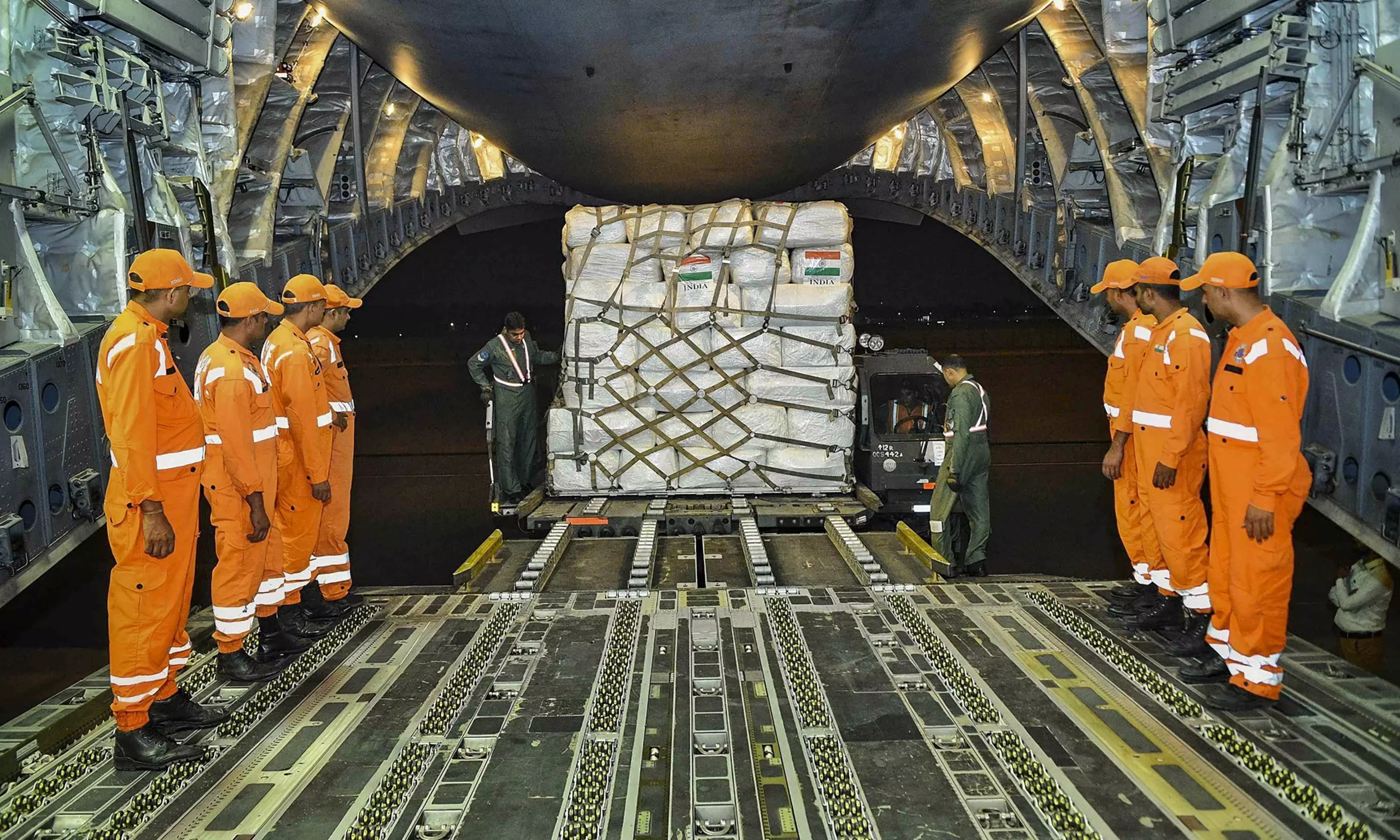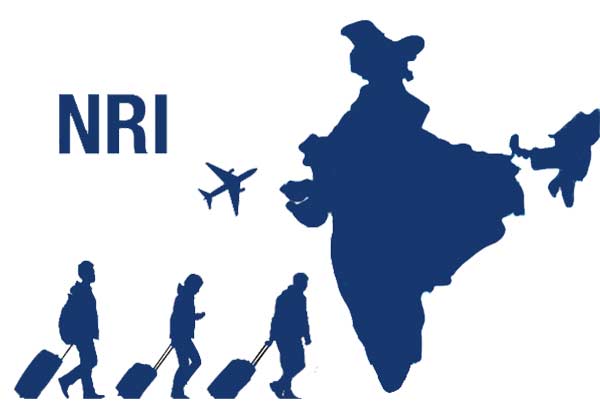In 2021, the Centre took various initiatives to boost the aviation sector which included calibrated opening of the domestic sector as the first wave of the pandemic ebbed and introduction of air transport bubbles or air travel arrangements with specific countries, it mentioned
The Indian aviation sector has started to rebound with accelerated pace of Covid-19 vaccine roll-out and easing of travel restrictions globally, stated the Economic Survey that was released lastrMonday. In 2021, the Centre took various initiatives to boost the aviation sector which included calibrated opening of the domestic sector as the first wave of the pandemic ebbed and introduction of air transport bubbles or air travel arrangements with specific countries, it mentioned.
“The domestic traffic in India has more than doubled from around 61 million in 2013-14 to around 137 million in 2019-20, registering a growth of over 14 percent per annum,” said the Economic Survey released by the Centre. The Survey stated that the Centre in 2021 also took other steps to boost the Indian aviation sector such as disinvestment of Air India, privatisation, modernisation and expansion of airports, boost to the regional connectivity scheme – UDAN and incentivisation of maintenance, repair and overhaul (MROs) operations.
UDAN is a regional airport development programme of the Indian government and part of the regional connectivity scheme (RCS) of upgrading underserviced air routes, it mentioned. “Till launching of UDAN in 2016, India had 74 airports having scheduled operations,” it noted. Within four years under UDAN, four rounds of bidding under RCSUDAN have taken place and 153 RCS airports including 12 water aerodromes and 36 helipads had been identified for operation of RCS flights, it stated.
The Unmanned Aircraft Systems (UAS), also known as drones, offer tremendous benefits to almost all sectors of the economy and can become an important propeller for growth due to their reach, versatility, and ease of use, especially in India’s remote and inaccessible areas, the Survey pointed out
“During the last four years after commencement of the scheme, 948 valid awarded routes have been allotted to various airlines and out of which 389 RCS routes connecting 62 unserved and underserved airports (including six heliports and two water aerodromes) have been operationalised so far,” it mentioned.
With the help of these supportive measures, India’s aviation sector is on the path of gradual recovery from the turbulence caused by the Covid-19 pandemic, it stated. Also, the government has liberalised Drone Rules in August 2021 and released PLI (production-linked incentive) scheme for drones in September 2021, it mentioned.
The Unmanned Aircraft Systems (UAS), also known as drones, offer tremendous benefits to almost all sectors of the economy and can become an important propeller for growth due to their reach, versatility, and ease of use, especially in India’s remote and inaccessible areas, the Survey pointed out.
“The policy reforms will therefore catalyse super-normal growth in the upcoming drone sector. A resurgence of the sector is foreseen as a result of swift measures adopted by the government and industry…With the accelerated pace of vaccine roll-out and easing of travel restrictions globally, Indian aviation sector has started to rebound,” it noted.
************************************************************************
Readers










